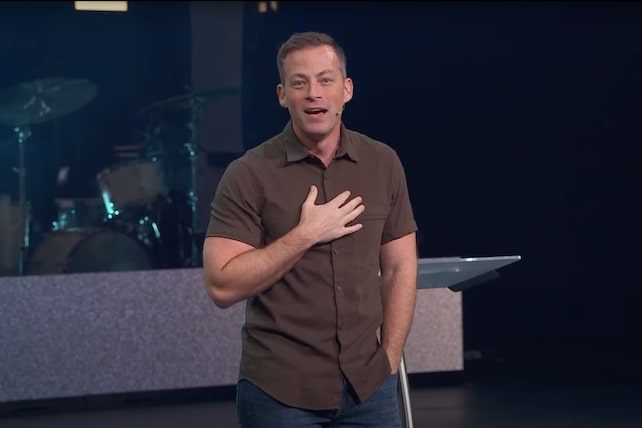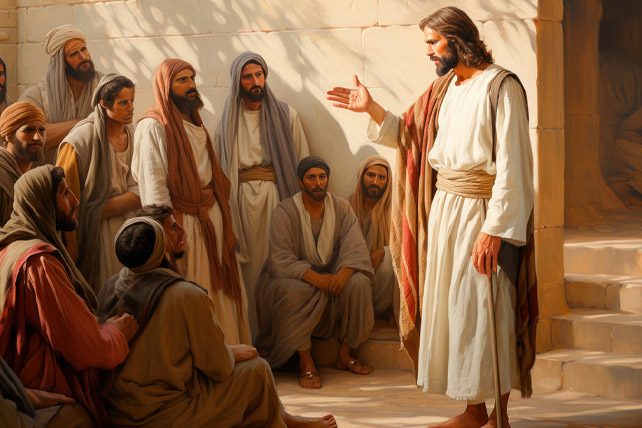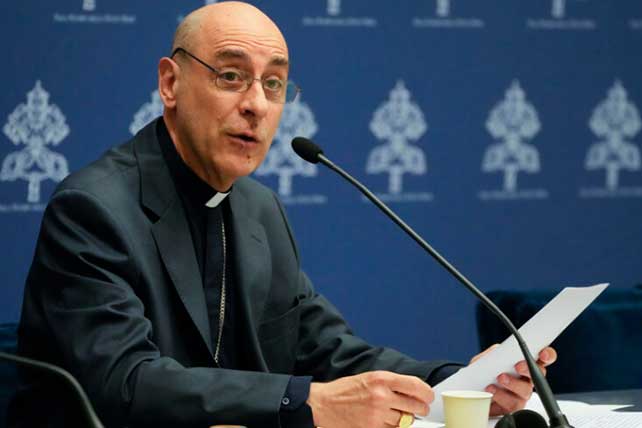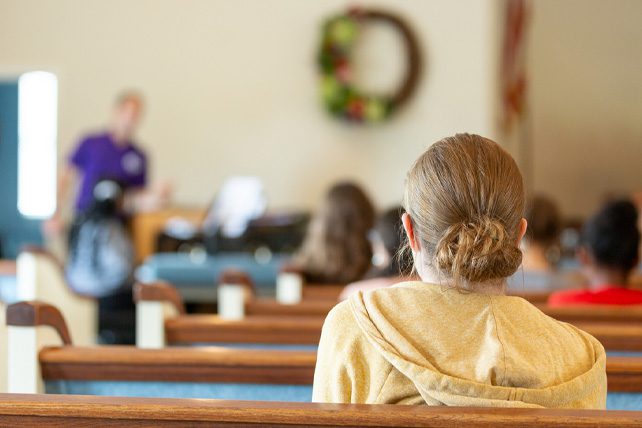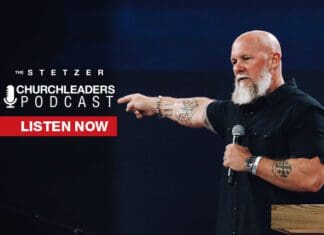What does the Bible say about discipleship — and how can you equip and guide young people to go make disciples for Jesus? Read on to discover four key aspects of biblical discipleship.
The process of leading teenagers to become more authentic Christ-followers looks slightly different from place to place. (Granted, some common distinctives exist, for sure.) Our specific ministry contexts dictate our processes, to some extent. Our church structure, age group breakdown, and number of adult volunteers also dictate our disciple-making processes.
But no matter our specific process, some unique characteristics of Jesus’ model of discipleship must appear. If we look at how Jesus led the 12 on their discipleship journey, we can see at least four characteristics of biblical discipleship.
What Does the Bible Say About Discipleship
1. It’s a Call to Something.
When Jesus called the disciples, He called them to a purpose, a goal of sorts.
Luke 5:10-11—Then Jesus said to Simon, “Don’t be afraid; from now on you will catch men.” So they pulled their boats up on shore, left everything and followed him.
Matthew 9:9—As Jesus went on from there, he saw a man named Matthew sitting at the tax collector’s booth. “Follow me,” he told him, and Matthew got up and followed him.
Matthew 16:24—Then Jesus said to his disciples, “If anyone would come after me, he must deny himself and take up his cross and follow me.”
I think this characteristic is missing in many discipleship efforts. Too often we take this characteristic for granted. Do your teenagers see their faith as a movement? Do they see themselves as part of a mission? Or do they view faith as little more than a moralistic framework to live as good people? How many students are you “discipling” simply because their parents just keep dropping them off?
Jesus called His disciples to be part of a world-changing movement. The call is still the same today. We just have to make sure we’re not underselling or misrepresenting it. How many of your students, if you asked them right now, could articulate a purpose or vision behind the disciple-making process they’re undergoing? Young people must understand the call and accept the task.
2. We Must Faithfully Teach the Bible.
“Faithful” as in true, accurate, deep and transformative. “Teaching” as in helping kids know and apply the truth of Scripture. And “the Bible” as in God’s primary tool for the foundation for discipleship. We see this throughout the Bible:
Proverbs 1:7—The fear of the LORD is the beginning of knowledge, but fools despise wisdom and discipline.
Matthew 5:1-2—Now when he saw the crowds, he went up on a mountainside and sat down. His disciples came to him, and he began to teach them, saying … .
Luke 24:27—And beginning with Moses and all the Prophets, he explained to them what was said in all the Scriptures concerning himself.
Mark 4:2—He taught them many things by parables, and in his teaching said … .
We have to lay the foundation for discipleship in how we teach students the Bible. At ym360, we work hard to help you in this area. If you’re looking for a fresh approach to Bible study material, consider these true, accurate, deep and transformative resources: The Jesus Studies, The Elements Curriculum, The All-Access Bundle, New: First Steps for new believers and DNow Online.






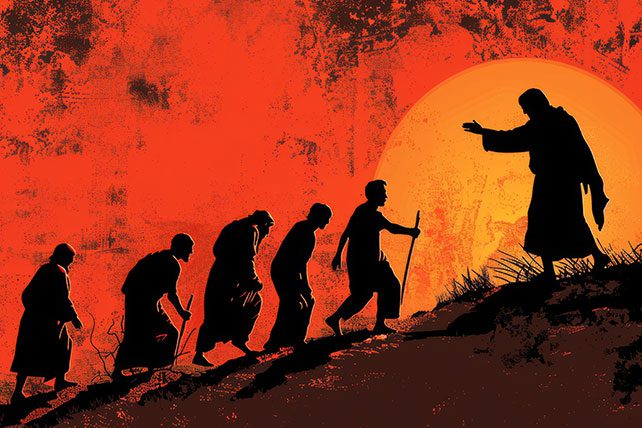

 .”
.”